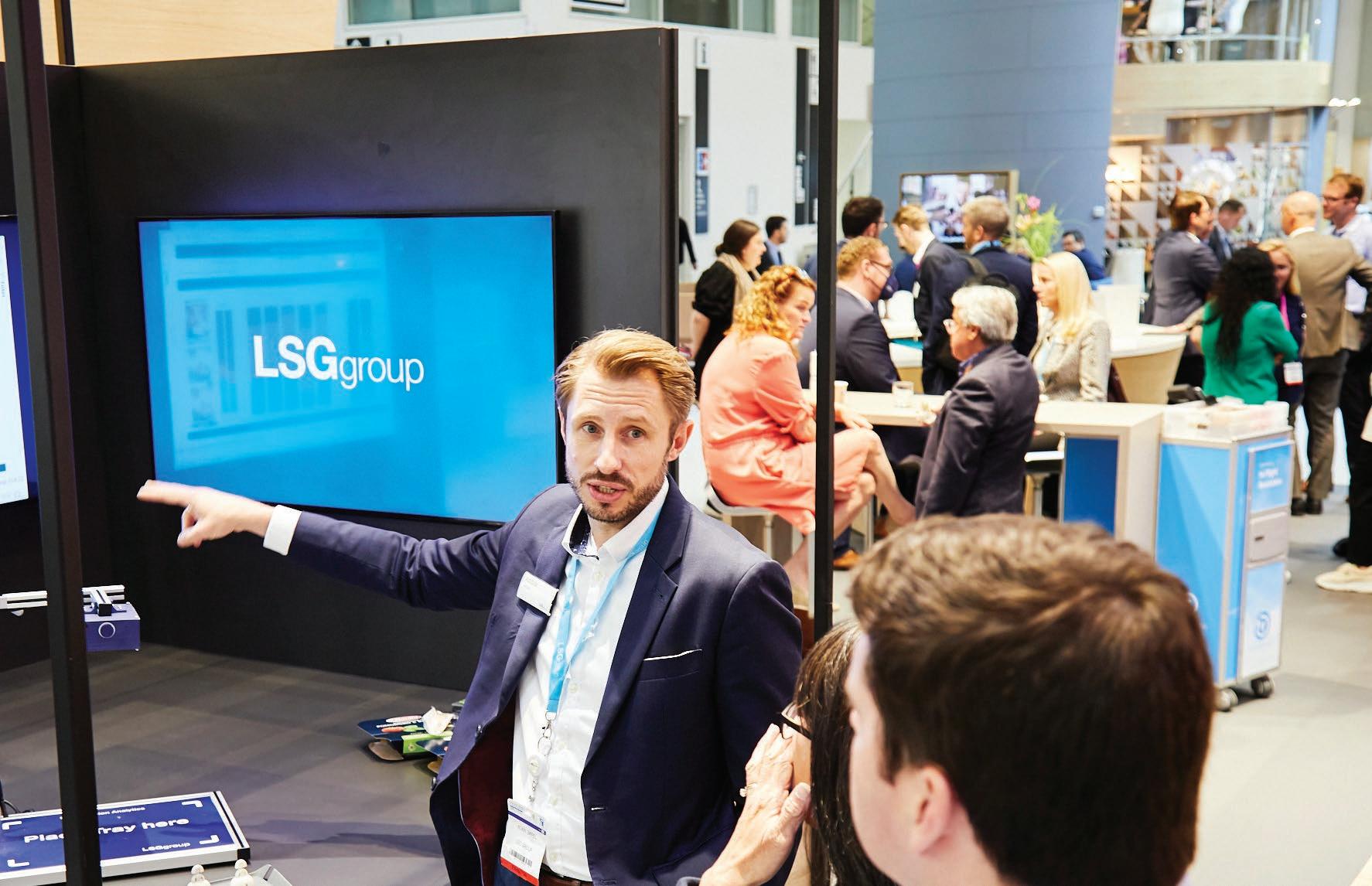
4 minute read
Consumption analytics: Cutting
38 /38 XXXXXConsumption analytiCs
Wising up to waste
The war on waste is challenging but as airlines battle to cut costs, new technology can help. Julie Baxter discovers how consumption analytics track waste and inform data-driven decisions around what to load.
Cabin waste facts are shocking. IATA research has shown the average passenger generates 1.43kg of cabin waste per flight. 20% of this is completely untouched food and drink. The forecasts show it is set to get worse. While cabin waste volumes dropped in 2020 to 2.6MT, they are now on the rebound with stats for 2024 expected to hit around 5.7MT.
Waste is bad news for the environment but also for airline finances and for passenger satisfaction because clearly if what is loaded ends up in the bin, airlines are not getting their offer right.
It is a challenge that the LSG Group spent many hours thinking about during the Covid-19 lockdowns. Robin Sippel, Head of Digital Agenda at LSG Group, believes that only technology can really solve the problem. He said: “It sounds obvious, but the key to cutting waste is to only put onboard those things that people really want. While that sounds easy, we realised there is a gap in an important information loop around what is loaded, and we need to close that gap if we are really going to get it right.
“Of course pre-ordering is one solution but we recognised that there are two circular processes involved in the culinary service, one led by the chefs developing what is loaded and one by the logistics team deciding how much goes onboard and seeing what is removed. We wanted to better connect the decisions each team makes by better assessing what comes off each flight – fully understanding what wasn’t wanted. Some airlines already do spot checks on their waste but in an inconsistent, randomised way, so we set up trials to close the knowledge loop by taking a picture of all the waste on specific flights and analysing it in detail.”
The team set up a system that could work on catering kitchen worktops or conveyor belts with maximum efficiency and trailed a process which took a photo of every used trayset as it came off the trolley. A quick flash and a buzz confirmed to kitchen staff the photo was taken and then the image was automatically uploaded to a speciallydesigned artificial intelligence system that did the consumption analytics, assessing what was left on the tray. They repeated the process on 44 flights – the same routes over and again – covering both Economy and Business cabin set ups, and provided that data to the trial airline so it could review its offer as a direct result of the insights gained.
Sippel said: “The results were super interesting. We quickly saw that often many people left the same things, for example a tomato served with breakfast. That fact could be fed back to the chefs so they could amend their menus or cooking processes to help reduce waste and they could make that change quickly.”
XXXXX / 39
Feeding in the feedback
The software developed can also be evolved to allow the team to combine the analytics from the photos with feedback from passengers and crew gathered on the same flights. This would add context around the waste so the team could identify if there was a specific problem on a flight that had triggered a specific repeated complaint for that flight, unlikely to happen again.
This feedback analytic could also potentially be categorised by type of comment or complaint, identifying which department needed to know and the severity of the issue.
The trial has confirmed the technology prototype works in the real world setting so now LSG Group is ready to roll out this solution to airline partners.
Airbus too has been working on this issue and has a digital solution which includes the automatic capture of data around the unused food and drinks that remain. It believes airlines could optimise their catering services and better manage the after-meal disposal by integrating such information into AI-driven systems, and predicts a potential for double-digit reductions in CO2 emissions through the resulting weight reductions and fuel savings.
Elements of this solution have undergone initial evaluations aboard the Airspace Explorer – a dedicated A350-900 Airbus which is used to test and demonstrate new cabin innovations. key to the Food Scanner solution is an AI-enabled device that analyses the composition of food in a simple point-and-shoot process similar to those used in supermarkets. A downward-looking camera identifies what is on the meal tray as the cabin attendant pulls it out from the trolley, and subsequently captures pictures of what remains when the tray is returned. A horizontally-oriented barcode scanner tracks the beverage bottles and cans that typically are placed on top of the trolley.
Data gathered can be processed via an offboard cloud-hosted dashboard that generates key performance indicators (kpIs), using trends and statistics to enable more accurate catering planning and consumption predictions.
Following demonstrations Sascha Thoerner, the Airspace Explorer programme Architect, said: “The first feedback from airlines and their cabin crew was positive. Demonstrating it in such a realistic environment with end-to-end connectivity was an important step toward maturing this system. Airbus will now work with potential partners – including the airlines, caterers, and system manufacturers – for in-service trials.” •

Above: Robin Sippel, LSG Group, demonstrates technology developed to support better waste management onboard. Below:The LSG Group system in action
ELE n ABS ISTOC kp HOTO . CO m/









